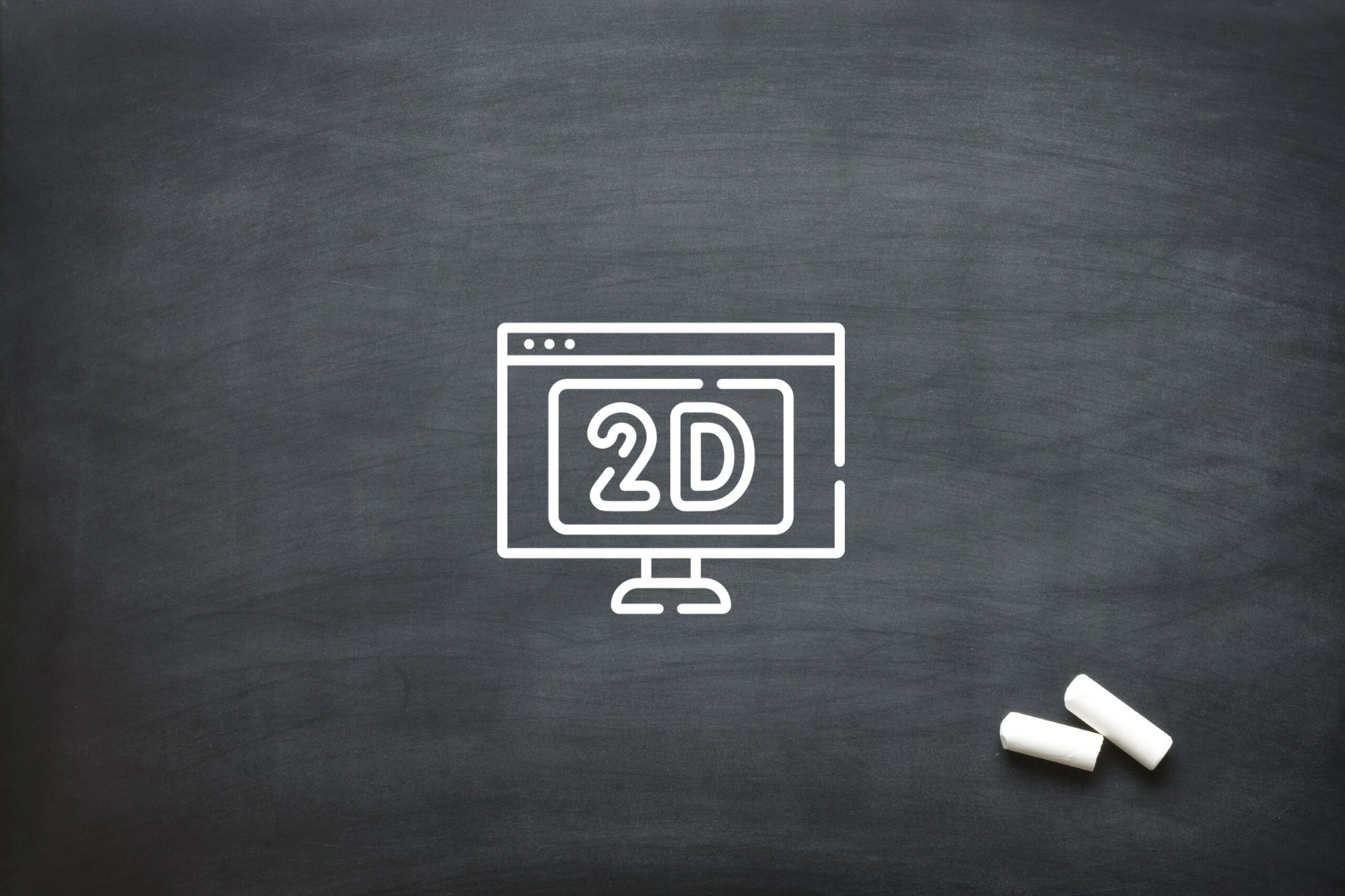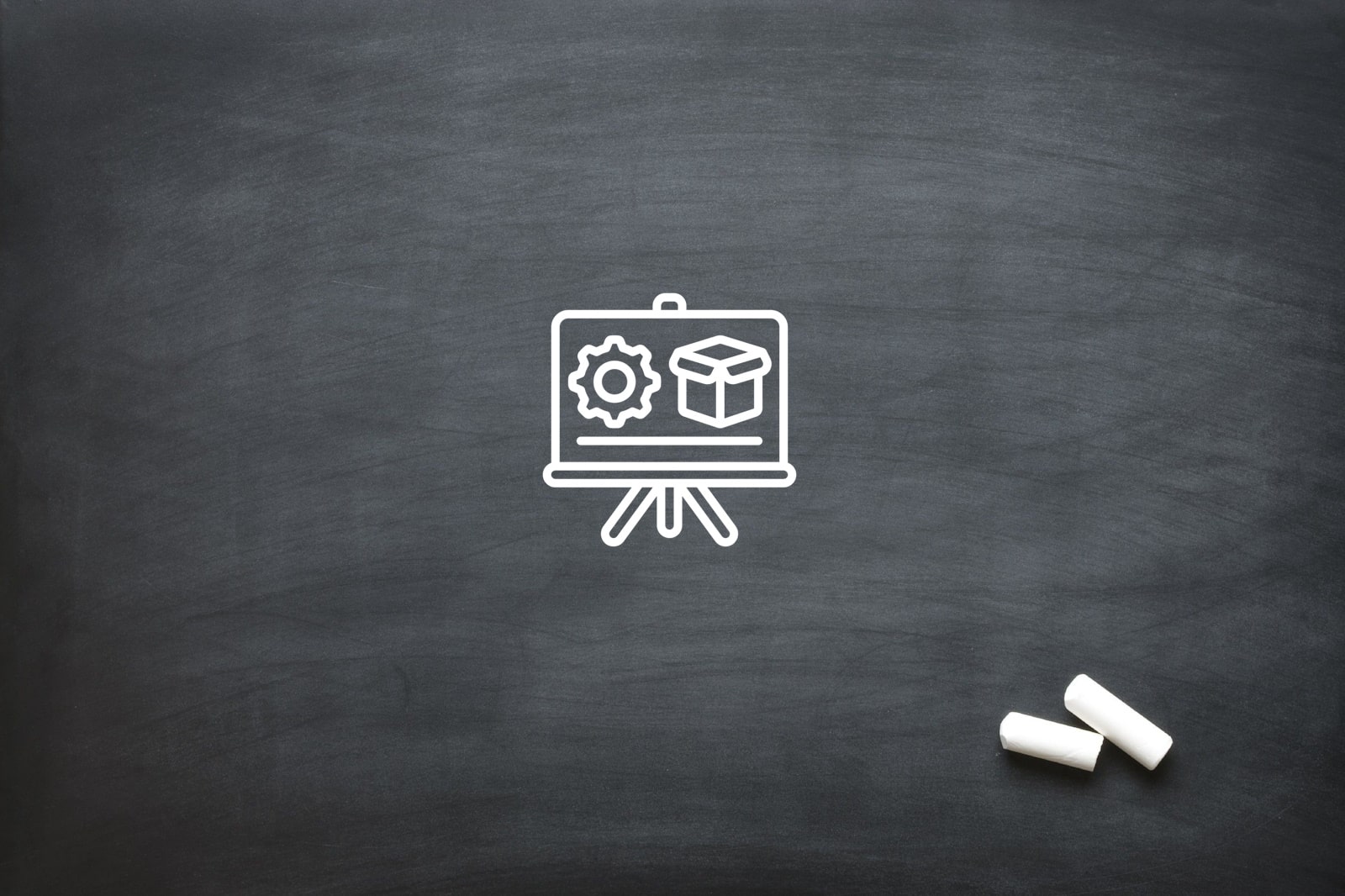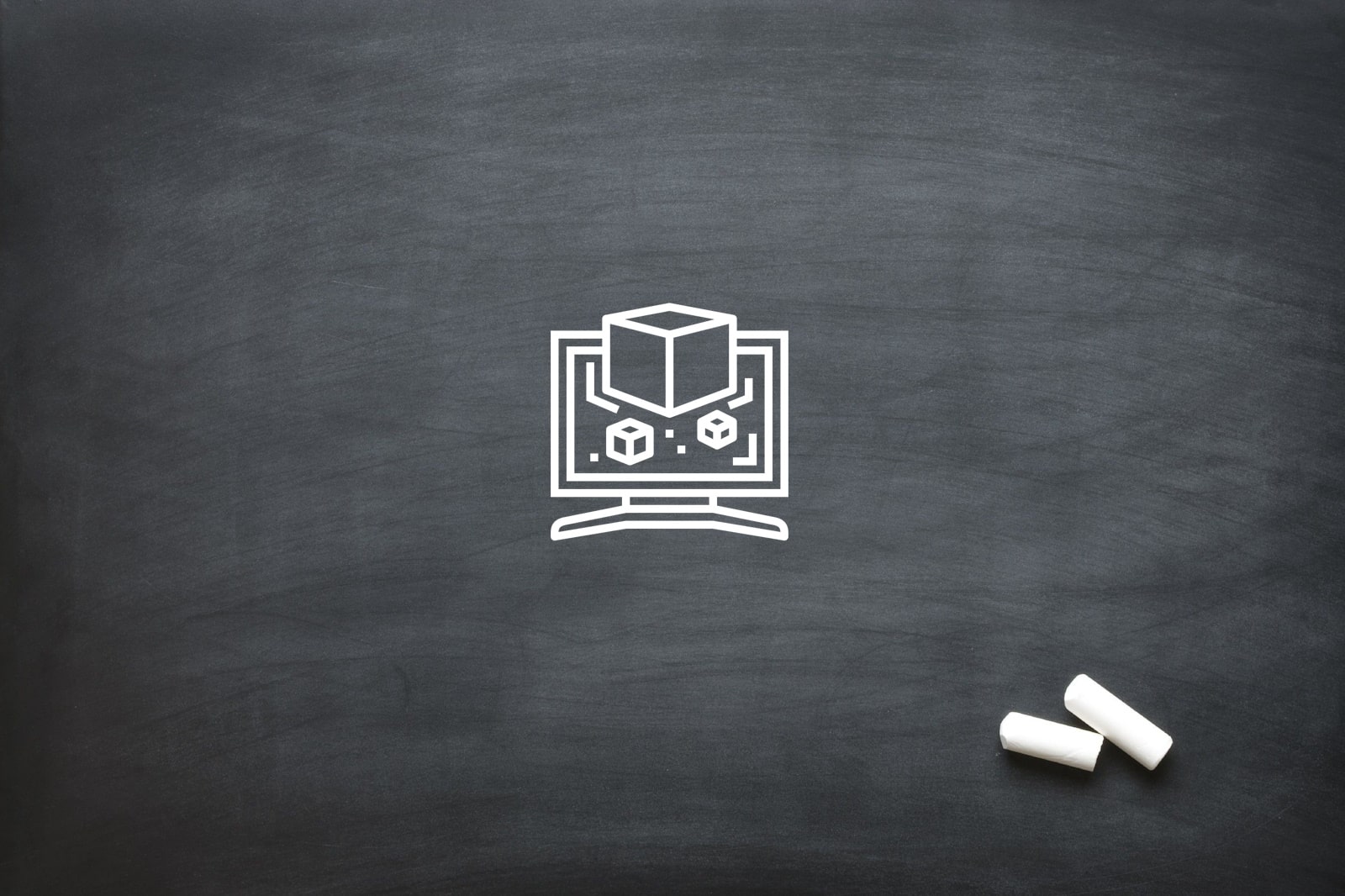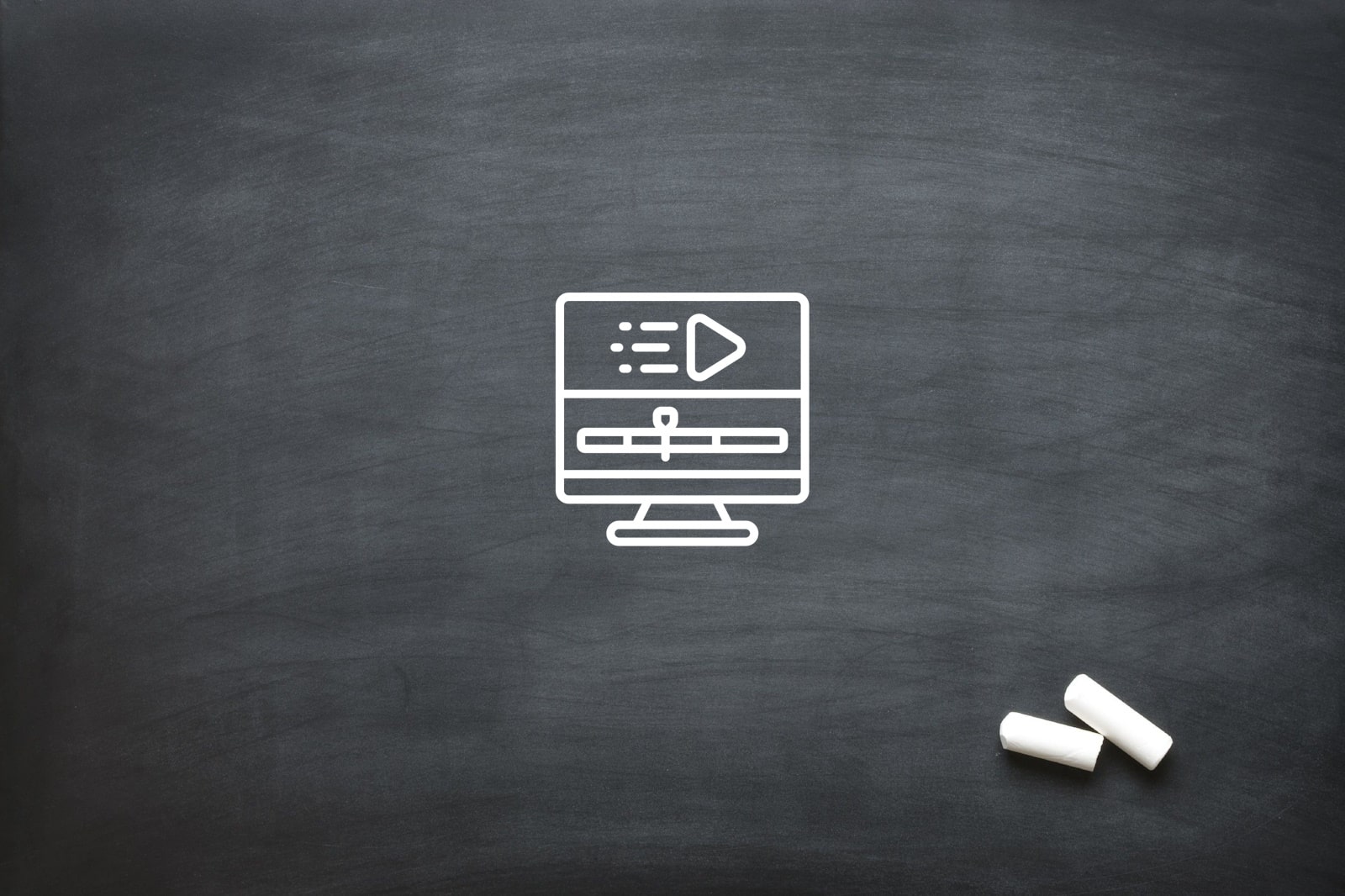
The Evolution and Future of 2D Animators
2D animators have captivated audiences for over a century, creating timeless stories that move, inspire, and entertain. From hand-drawn sequences to AI-assisted workflows, the field has undergone a dramatic transformation. Today, we explore the history of 2D animation, its influence beyond entertainment, and how new technologies, especially AI, are shaping the careers of animators.
A Brief History of 2D Animation
The roots of all 2D animators can be traced back to the late 19th century with devices like the Zoetrope (1834) and innovations by pioneers like Émile Reynaud, who developed the Praxinoscope. Early films such as Émile Cohl’s Fantasmagorie (1908) and Winsor McCay’s Gertie the Dinosaur (1914) set the stage for 2D animation as an art form.
The 1930s marked the Golden Age, with studios like Disney revolutionising animation through cel animation, exemplified by Snow White and the Seven Dwarfs (1937). Over time, innovations like xerography and digital tools further streamlined production.
2D Animation Beyond Entertainment
While entertainment remains its cornerstone, 2D animation has extended its reach into various industries:
- Education: Animated e-learning modules simplify complex subjects, improving engagement and retention rates.
- Healthcare: Medical animations illustrate procedures or explain conditions to patients.
- Marketing: Brands leverage animated explainer videos to captivate audiences and simplify messaging.
- Gaming and UX Design: From mobile games to app interfaces, animation enhances interactivity and user experience.
How Technology Has Helped 2D Animators
The transition from traditional hand-drawn techniques to digital workflows revolutionised animation. Modern tools and software allow animators to rig characters, automate in-between frames, and create scalable vector graphics. These advancements not only save time but also reduce production costs.
In addition, modern technologies such as augmented reality (AR) and virtual reality (VR) are integrating with 2D animation, providing new avenues for immersive storytelling.
AI’s Role in the 2D Animation Industry
AI is both a challenge and an opportunity for 2D animators.
Pros:
- Automation of Repetitive Tasks: AI tools can help fill gaps in frame-by-frame animations, saving time.
- Creative Assistance: AI can generate storyboards, enhance background designs, and even suggest motion paths.
- Accessibility: Independent 2D animators can use AI to produce high-quality animations without the resources of a large studio.
Cons:
- Job Displacement: AI reduces the need for traditional in-betweeners and other labor-intensive roles.
- Loss of Artistic Touch: Critics argue that AI-generated designs lack the nuance and personality of human artistry.
Case Studies:
Layoffs and Displacement
In 2024, DreamWorks Animation laid off approximately 70 employees across corporate and technology departments. While this wasn’t exclusively due to AI, advancements in automation and the integration of AI tools into production pipelines were contributing factors to restructuring across the animation industry.
Opportunity for Growth and Flourishing
Some animation studios have adopted a cautious yet optimistic approach toward AI. Using AI tools as references, ensuring creative control remains with human artists. This demonstrates how studios can integrate AI to enhance productivity without compromising artistry.
The Future of 2D Animation
The road ahead for 2D animators will likely involve embracing AI as a collaborative tool rather than a replacement. Personal branding, niche specialisation, and adaptability will be crucial. As demand grows for customised content in e-learning, advertising, and interactive media, animators who harness both traditional skills and new technologies will remain invaluable.
Innovations in AI-driven animation, such as character emotion synthesis or interactive animations for VR, promise exciting opportunities for 2D animation in storytelling, education, and beyond.
From its beginnings with hand-drawn art to its current AI-assisted workflows, 2D animation remains an indispensable art form. While challenges like AI-driven job displacement exist, opportunities abound for animators who adapt and innovate. Supporting independent animators and ethical AI use will ensure that 2D animation continues to thrive as both an industry and an art. For more info on all things animation and collaboration on new projects, contact us today.






